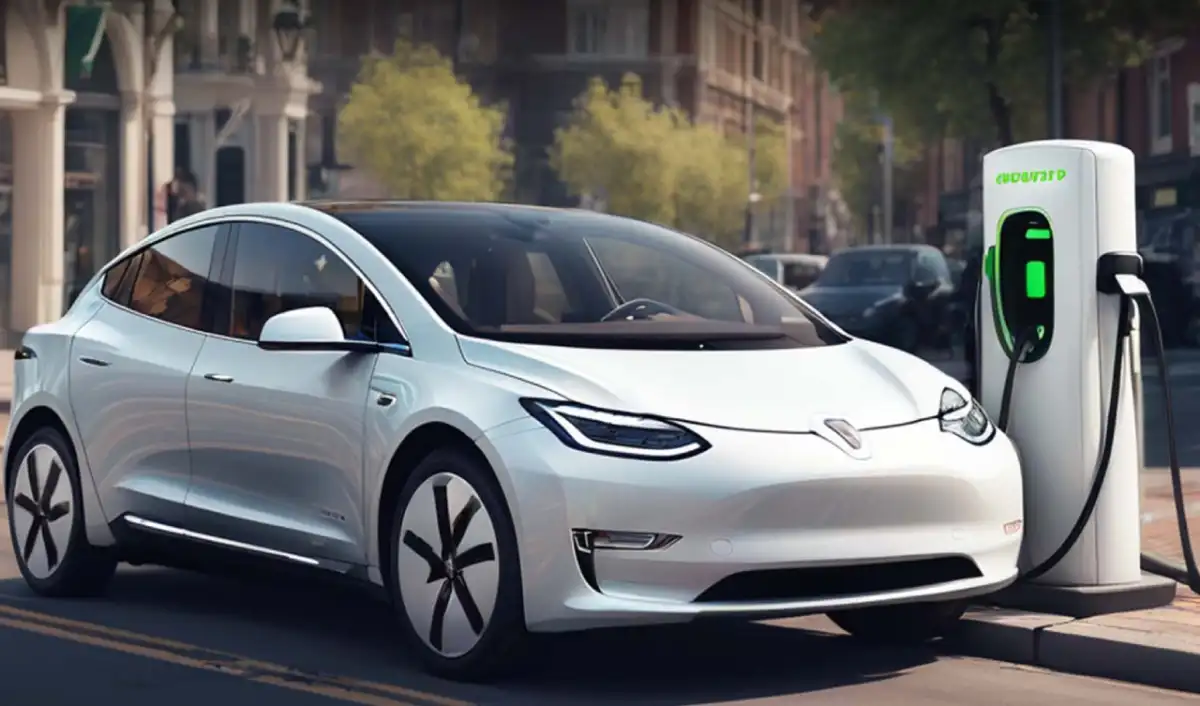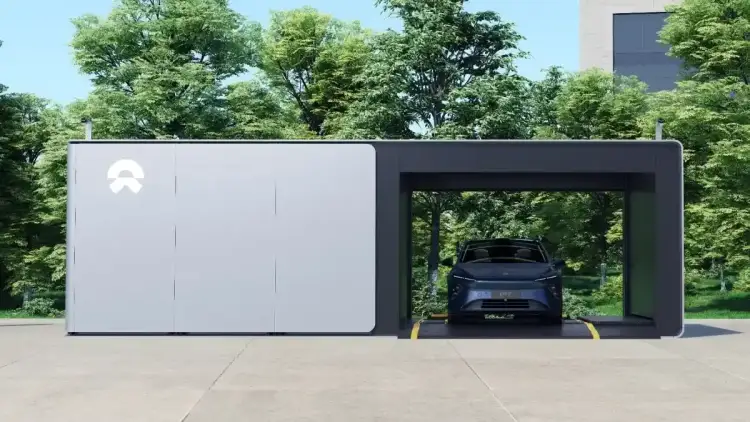- Key Highlights
- Myths vs Measured Realities (2025)
- Myth-Busting, By the Numbers
- Real Owner Story: A GCC Perspective
- Practical Advice for Would-Be EV Buyers
As the debate around electric vehicles heats up across the Gulf region and worldwide, a flood of bold claims (and worries) shapes what many people believe about the new era of green mobility. Are electric cars really limited in range? Will their batteries die too soon? What about charging, cost, or safety? This feature unpacks the five most persistent EV myths—and counters them with real-world evidence and independent studies, helping you make a truly informed decision about your next car.

Key Highlights
Myth 1: Electric cars can’t go far enough in daily life.
Myth 2: The up-front and running costs of EVs are higher than those of gas-powered cars.
Myth 3: Public charging infrastructure is inadequate for most users.
Myth 4: EV batteries are unreliable and need frequent replacement.
Myth 5: Electric cars are more prone to fire and dangerous accidents than traditional vehicles.
Myths vs Measured Realities (2025)
Myth-Busting, By the Numbers
Myth 1: “EVs Don't Go Far Enough”
Battery tech breakthroughs have boosted most current EVs to well over 400 km of real-world range per charge. Actual owner data (EPA, BBC) confirms more than 30 models routinely meet or surpass their “official” range in daily use. For comparison, 90% of all real-world trips are under 60 km—a distance handily covered by all modern EVs, even in extreme climates.
Myth 2: “EVs Cost Too Much—Up Front and Over Time”
While some luxury models command a premium, a ballooning range of affordable EVs, plus rapid battery cost drops, have shrunk the gap. Servicing is markedly cheaper: no oil, no traditional filters, far fewer moving parts. Global studies verify that annual service bills are 40–50% lower, and electricity costs for charging are almost always less than gasoline—especially with government and utility subsidies.
Myth 3: “Charging Stations Are Too Rare”
Contrary to persistent fears, the GCC alone surpassed 40,000 public/private charging points by mid-2025, with year-on-year network expansion of 15–30%. Ultra-fast DC chargers serve highways and malls, while home charging covers most daily needs. Digital mapping apps now make finding a plug as easy as finding a gas station.
Myth 4: “EV Batteries Fail Fast”
Modern lithium batteries, now optimized for long life, offer warranties from 8 to 10 years, and real users report 400,000+ km with barely a blip in performance. Manufacturer swap plans and recycling practices are maturing, giving owners peace of mind at end-of-life.
Myth 5: “Electric Cars Catch Fire More Often”
EV fire rates are measurably lower than for gasoline or diesel cars, according to independent bodies like EV FireSafe. While high-profile incidents spark headlines—the actual data points to rare, contained events. EVs pack advanced safety for thermal monitoring and rapid energy isolation; major cities now train fire teams for rare battery events.

Real Owner Story: A GCC Perspective
Saud, who has owned two EVs in Dubai since 2022, explains: “All the talk about charging hassles and range anxiety is way overblown. My daily and even longer trips are smooth—I rarely need public charging outside home. The savings on energy and zero repair bills have actually outstripped my expectations, and battery health is still excellent after 70,000 km.”
Practical Advice for Would-Be EV Buyers
Accurately assess your real daily driving needs before buying.
Review battery warranty details and local dealer support policies.
Use home charging as your baseline; public fast charging is supplemental for road trips.
Go beyond marketing—read real owner reviews for in-depth reliability and cost info.
Electric vehicles have moved past the “hype and hope” stage. Hard facts and owner data dispel the media exaggerations around range, cost, charging, safety, and lifespan. The key to satisfaction is choosing the right model for your lifestyle—while leveraging available incentives, infrastructure, and aftersales support. The future? It’s electric—by practical, proven reality.








